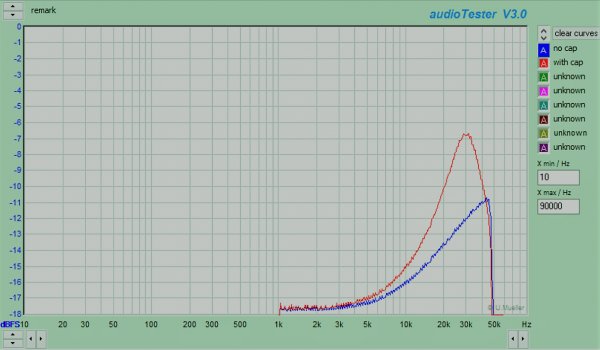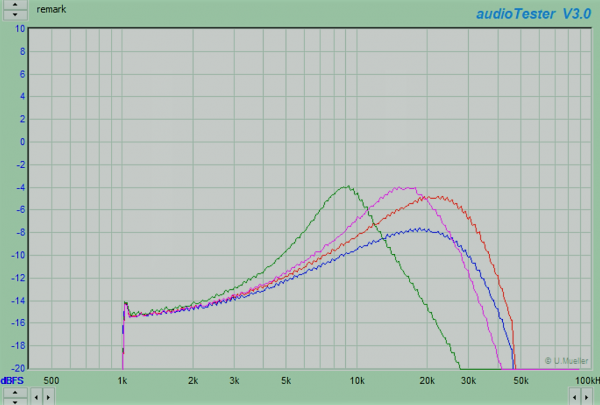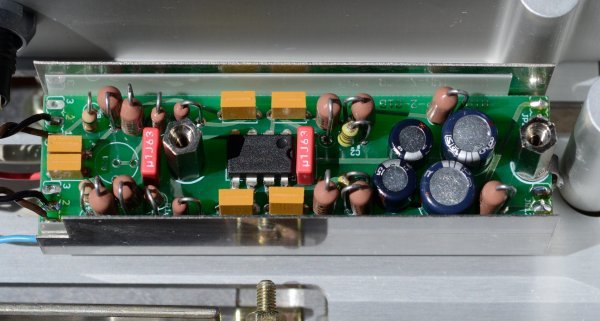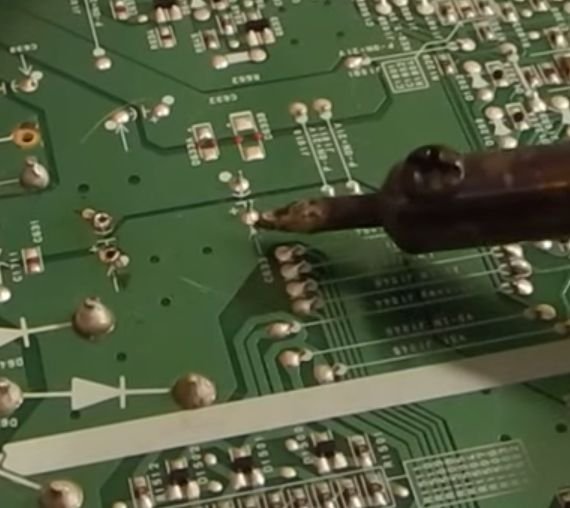That's just not true, Ron.
Bruce Brown's reply to you listed some examples that contradict your assertion.
I could add many more.
One in particular, one that many people strangely never mention, is the same company that arguably launched this whole idea of outboard tape audio electronics in the first place.
It most certainly wasn't Doc Bottlehead, arriving very late to the tape scene.
It was a company called Inovonics, originally in Campbell, California.
Inovonics was Jim Wood. An absolutely brilliant electronics designer. And a delightful person. I have tremendous respect and admiration for Jim.
Need a second opinion? Ask any of the guys still living who were at Ampex, designing tape electronics back in the day about Jim Wood.
One of the five available "tape stages" (I'm still not sure I like using that term) that ATAE offers a buyer of our one hundred thousand dollar Model Two tape playback system, is a repro amplifier circuit designed by Jim.
I know, you think ATAE should make our line of different "tape stages" available for sale, separately.
Your good friend Mike Lavigne has always told me this, too.
I respect your well intended opinions, and thank you for them, but there are several important technical considerations that would make this highly problematic for me.
I prefer eliminating technical problems. Not creating them.






